HIStalk Interviews Eddy Stephens, VP/CIO, Infirmary Health
Eddy Stephens is VP/CIO of Infirmary Health of Mobile, AL.

Tell me about yourself and the organization.
I have been with Infirmary Health System for 32 years. I have a background before that in banking and in food service for a few years. My educational background is more related to accounting and operations research, back before people called it management engineering. I have been in IT for the greater part of my career, 35 years or so.
Infirmary Health is a regional health system located on the Gulf Coast of southwest Alabama, in Mobile. We have locations in Mobile and Baldwin County, which splits the Mobile Bay, if you’re familiar with the Gulf Coast region, over the northern part of the Gulf of Mexico.
We have a 700-bed hospital which is our flagship, Mobile Infirmary Medical Center. We have a 150-bed hospital, Thomas Hospital, in a bedroom community in Fairhope, Alabama. We have a 65-bed hospital in the northern part of Baldwin County called North Baldwin Infirmary. On the campus of Mobile Infirmary, we have a long-term acute care hospital. We also have a Rotary and rehabilitation hospital that are both located on the campus of Mobile Infirmary. We have a clinic network of about 30 physician clinics, our largest being a multi-specialty clinic that has about 70-plus doctors in it, and it actually has multiple locations scattered around Mobile and Baldwin County. We have three freestanding diagnostic and surgery centers and are in the process of expanding our network out into a couple of other communities within the greater Mobile, Alabama area.
What’s the secret to being a long-term CIO?
I became CIO here about 14 years ago. I had come here as an IT analyst from a financial standpoint. I guess the secret is just trying to keep my head down and maneuver the politics of the system. It’s a great place to work and I have just tried to ingratiate myself to the team.
I’ve tried not to have a philosophy that said we’re going to use technology for technology’s sake, but rather see technology and the IT department as a service department. We’re here to serve the needs of the business and our business is healthcare. We try not to let the technology get in the way of doing what needs to be done.
Infirmary closed one of its hospitals a while back, saying the Affordable Care Act is requiring hospitals to reevaluate how they deploy resources. Including that, what are the biggest trends you are facing?
We closed that hospital. It was an acute care hospital in the west part of town. We relocated the long-term acute care hospital on that same campus to the main campus of Infirmary.
Because of the regulatory environment that we’re in and the change of healthcare, we see a shift naturally to population health management. To keep the patient from getting sick rather than just treating the disease.
We’ve already started that move toward a focus on wellness with our own patient population. We have about 5,500 employees in our own network. We’ve spent the last two or three years focusing on wellness and prevention of disease within our own organization. We’ve begun to reach that out into the community. We have external wellness programs that we offer to businesses. We’re seeing that taking shape.
I also see the hospitals becoming affiliated more — whether it’s through merger and acquisition or whether it’s through some kind of virtual affiliation — to where there are fewer primary inpatient acute facilities over time and more freestanding emergency room-type diagnostic centers that feed main campuses of fewer hospitals, rather than every little community having its own hospital like has been the case for 100 years in this country.
Population health management and wellness management are changing the way we look at IT and the service that we have to deliver.
What technologies do you use or expect to use with those new objectives of population health management and wellness?
We signed a contract with Epic back in 2008. We looked at Epic primarily because of the ability for us to have a single record across the continuum. That has served us well to this point.
It has taken some philosophical rethinking from where a physician’s office talked about having its own record, versus the hospital having its own record, to now having more of a patient-centered record. Where the record doesn’t really belong to one of those entities, even though it never really did in the first place — that was just a concept that we had.
Interoperability is going to be a big issue. In our city alone, every major hospital or health system has a different EMR vendor. Interoperability becomes an issue. Being able to share information with other agencies, rural health, those kinds of things. All of that feeding together in addition to communicating with payers so that we can have a complete picture of the patient.
Historically we have had our view of the patient and where the patient touched our system. For us to truly be able to be effective at wellness and population health, we’re going to have a more holistic view of the patient and everywhere the patient touches the healthcare system.
Are you getting Medicare claims data or other information from payers?
We are getting some. There is still a little bit of resistance in our world, because in Alabama, Blue Cross is the largest provider. They are also the Medicare fiscal intermediary. There’s still a lot of reluctance to share a lot of that information because of competition and other things.
I was just at a meeting where Karen DeSalvo was speaking here in Mobile. One of the things we talked about regarding interoperability is that we still have this mindset about competing from a business standpoint. We all view our data as somewhat of a competitive edge. Sharing of data is still philosophically a little bit of an issue in terms of how open and honest we want to be.
I see that in most of our medical staffs, even. Physicians are reluctant sometimes to share a lot of information with other physicians because of the competitive nature for the patient. “That’s been my patient, I’ve taken care of that patient, and I don’t want that patient to go down the street to someone else.”
Those things are changing. Some of those attitudes are changing. Some of the attitudes are ingrained from years and years ago. People are becoming more open and willing to share information as we see that, both from a regulatory and from a philosophical standpoint, you can only regulate to a certain point. Philosophically, people are changing their attitudes about how important it is.
From my personal perspective, I want everybody to know everything they possibly can about me if they have any inkling that they’re going to be involved in my care. A lot of people we encounter are not like that. This physician group was on Epic and our hospital was on Epic – a patient said they might not go to that doctor any more because of sharing of the information between those two entities. It’s a little bit confusing to me why some people think the way they do, but it’s a lot about the philosophical mindset that people have about their healthcare.
Other than your internal connections to the practices you own, how are you connecting Epic to the outside world?
We have almost as many non-owned clinics who have affiliated with us by installing Epic in their office through an arrangement with us as we do our own clinics. But we are also now working to share information with those physicians’ offices who may have Greenway or Allscripts or whatever in their office and did not want to go onto Epic because they already had an investment into a particular system, whether they liked it or not.
Also, under the safe harbor provisions of the Stark Law, there’s some things that I can do for a clinic who didn’t have any kind of electronic medical record versus someone who already had one that wanted to throw it out and put a new one in. We’re working that through our HISP and being able to provide CCDs, but we’re also talking about taking it to another level using EpicCare Link, which is a portal where we can provide certain level of Epic information outside to other people.
We’re also working with nursing homes to use the Kryptiq patient portal to be able to share information electronically. We’re finding that nursing homes do not have a lot of electronic health record information. For us to be able to move a patient out to that transition of care from the hospital setting to the nursing home, we’re looking at tools that we can provide to be able to electronically share that information with them. Even though they might not have a receptacle for that information, we can provide them a portal where they can securely access only the information that they need about their particular patient. We’re trying to attack it from multiple fronts, particularly as we try to meet Meaningful Use Stage 2.
Is anybody coming to you for an alert if their patient is admitted to your hospital or otherwise exchanging information for patients for whom they bear risk?
Some businesses are certainly interested in that, where they have a self-insured kind of situation. We do have some dialogue going on between different businesses and we are beginning to provide some of that service, at least from a wellness standpoint, which I think is the first foray into the population health management.
In the State of Alabama, Medicaid is trying to set up Regional Care Organizations in multiple regions throughout the state. We’re working in our region to see how that’s going to fit together. Huntsville Hospital is the main player in that whole region, almost having their own private RCO. That kind of arrangement works well in our environment with Medicaid being spread across multiple facilities. There’s much more of a collaborative effort that seems to need to take place. We are having conversations among ourselves, the hospitals in our region, about how we’re going to be able to work within that RCO model with Medicaid.
How did you use speech recognition in your Epic implementation?
We have been a long-term user of speech recognition in some form or fashion. We Used PowerScribe for a number of years in the radiology area. We transitioned a number of years ago to back-end speech recognition in the medical records area. Subsequently we have gone to full outsourcing of transcription to Nuance. In our clinics, we had the traditional Dragon installed on a workstation with a PowerMic for many of our physicians.
As we begin to roll out CPOE and physician documentation into our hospitals at a required level, as in an “everybody’s going to have to do it now” situation, we were concerned about how we were going to get that progress note on the chart in a timely manner. We had — whether it was because of attitude, skill level, or technologically challenged — physicians who were used to either dictating some of the information and it showed up on the chart later or hand-writing in the chart. We knew that a progress note had to be an immediate action that appeared within the electronic record.
Some of them were challenged in using either NoteWriter within Epic or a template-driven kind of progress note. Many of them to this day don’t have any problem with typing or using a structured note of some type. But with a large percentage of our physician staff, we knew it was going to be a problem. They kept talking to us about how they could use transcription and how they could use dictation to be able to get their progress note on the chart.
Particularly at our two largest hospitals, we have a situation where most patients who are an inpatient at our facility have multiple clinicians following their care. There certainly would be a primary physician who is managing the care, but multiple specialists who might be involved in the patients due to the complications and co-morbidity of our patients. We knew that when Dr. A rounded, we had to have that progress note immediately available on the chart.
We were challenged with how we were going to be able to do that and also facilitate the needs of our physicians and try to make it as palatable for them as possible to transition from a paper record to a fully electronic record.
I saw Nuance’s SpeechAnywhere at UGM and purchased 10 licenses as a trial. I got my CMIO, who is a practicing rheumatologist as well, and a couple of other physician champions to try this. It worked extremely well. They began to show it to some of their peers and my 10 licenses were used almost immediately. We saw it as a way to get the progress note on the chart and to avoid the complaint that we don’t have enough devices for them to access.
Many physicians tell me they don’t do technology, but they have an iPhone on their belt and an iPad in their lab coat. They can use Epic’s Haiku application to pick their patients or for rounding or results review, so they could then pick their patient, dictate their progress note, review it, accept it, and then immediately have it show up on the chart. It was a home run for us. We have about 300 licenses active today.
It’s not for everybody. There’s a lot of people that would rather just sit down and type in their note or fill out a structured note template. But we have about 300 physicians today who are using SpeechAnywhere with the Haiku and Canto applications.
When you look ahead two or three years, what do you see as your biggest challenges?
The biggest challenge that I see for all of IT and healthcare is the onerous regulatory rules that we’re having to meet.
I’ve got a chart on the wall that shows all the things that have to be implemented by 2020. Regulations saying that not only do you have to provide a patient portal and lead that horse to water, but I have to force that horse to drink. It’s not enough for us to be able to provide that. The rules say that a certain percentage — and it’s fairly low right now, but I anticipate that going up — that I somehow have to engage the patient and make them use the technology. That to me is a little bit of a challenge — how we’re going to force people to use technology who just don’t want to use the technology.
On the other hand, we talk about interoperability and we just say, “You just need to make it happen.” I’ve got Payer A coming to me and wanting me to do interoperability this way. Payer B wants me to do it this way. The hospital across town wants me to do it this way.
You want me to make the healthcare system more efficient and you want me to drive cost out of healthcare, but yet you make rules that are nebulous. If you want interoperability in healthcare that works nationally like an ATM system in banking, the government is going to have to say, “Everybody is going to do it this way. This is the format and we’re all going to use it.”
It’s like HL7. HL7 is supposed to be the standard, but HL7 is not HL7 is not HL7. Everybody who uses HL7 wants to do it a little different way and add their own little nuance to it to make it somewhat proprietary.
That’s one of the big challenges that we have in moving towards this interoperability, Not only the philosophical and the attitude changes that have to take place, but making smart regulatory requirements. Let’s don’t regulate things that don’t make sense. Let’s regulate things where we really want to make things happen. By having a strict standard, we can actually accomplish interoperability.


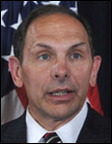
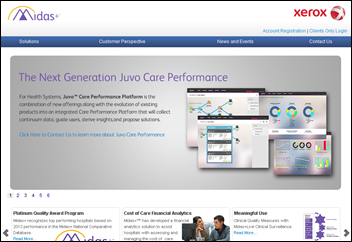



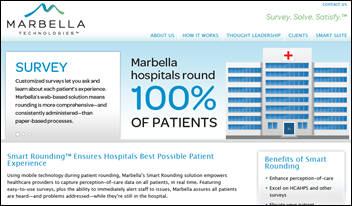
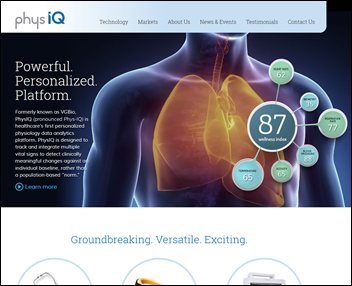





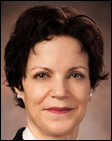
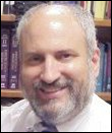
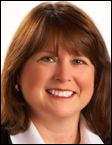


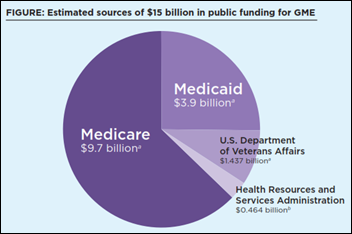
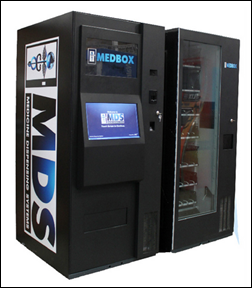


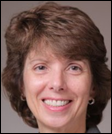
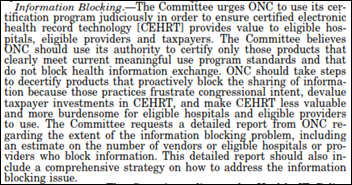





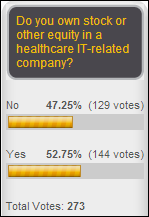

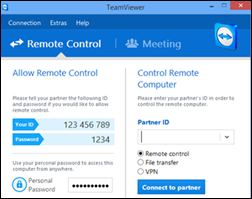


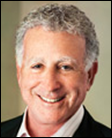

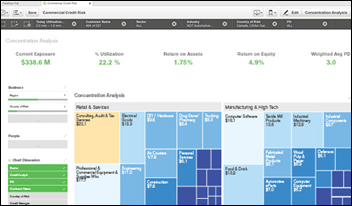

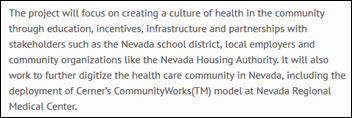
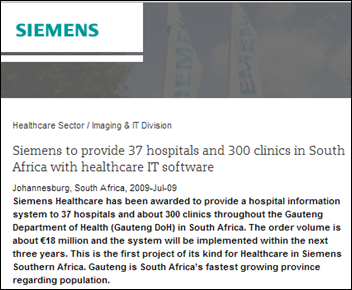
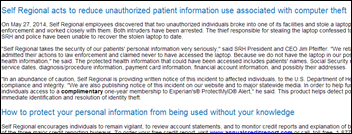






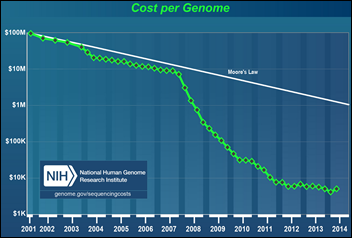
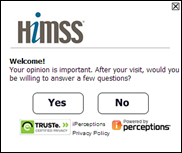






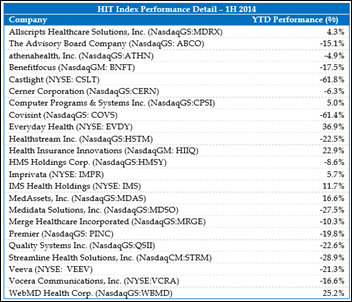
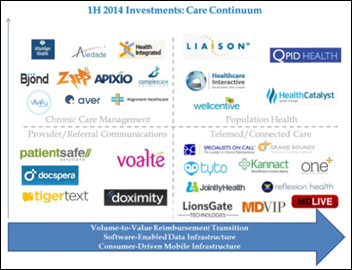

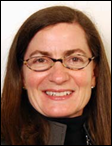
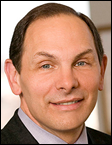
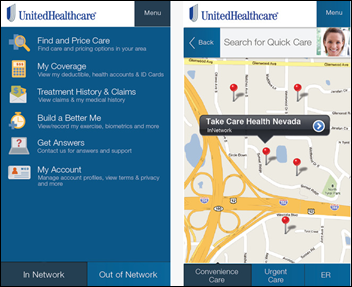
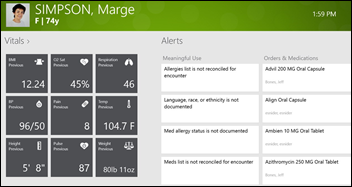
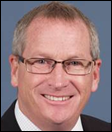
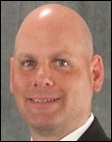

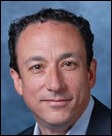
Merry Christmas and a Happy New Year to the HIStalk crowd. I wish you the joys of the season!